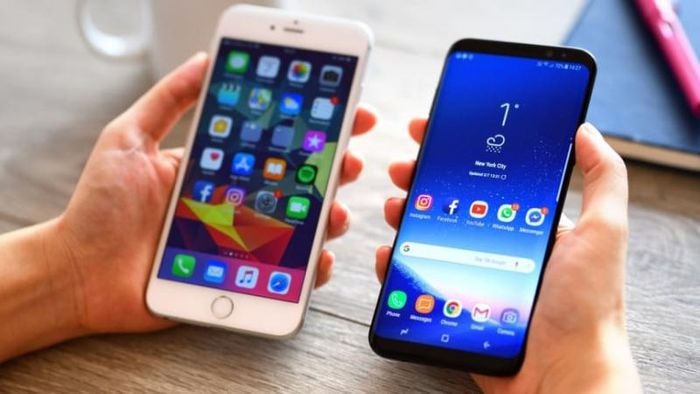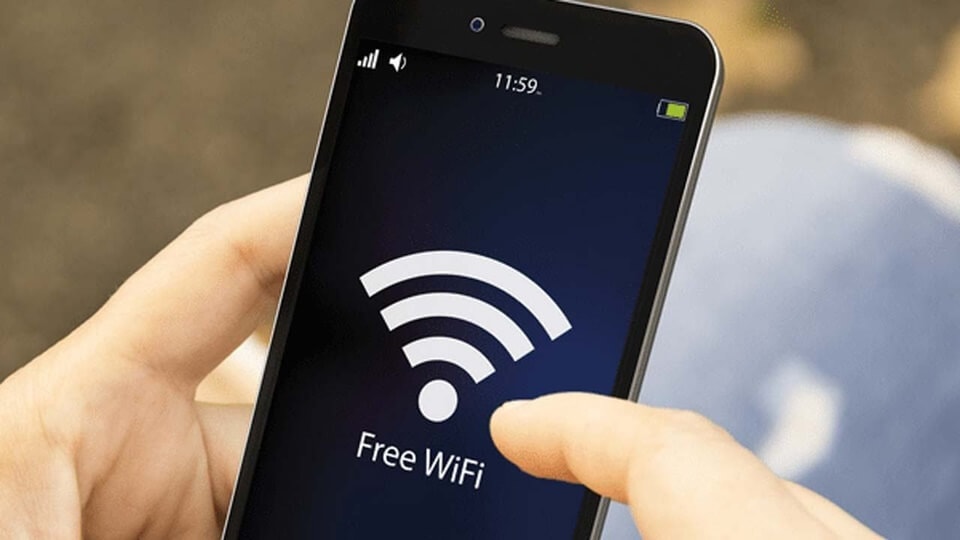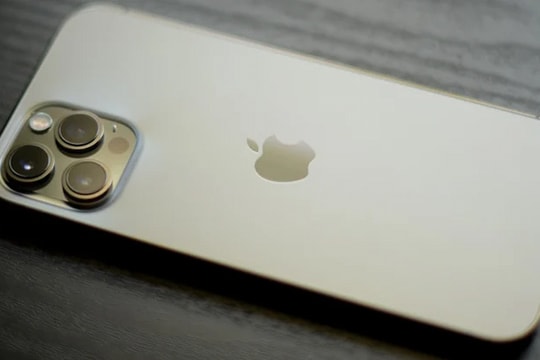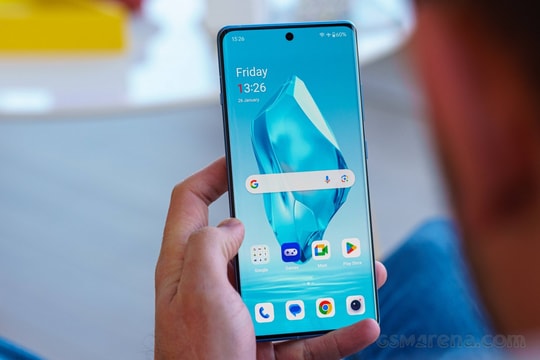6 common mistakes users should avoid when using smartphones
Everyone wants their smartphone to last for years, but many people unintentionally maintain bad habits that seem harmless, but in reality reduce performance and shorten the life of the device.
Many users unintentionally shorten the lifespan of their smartphones due to seemingly harmless habits in daily life. From improper charging, letting the battery run out or constantly charging overnight, to the habit of forgetting important software updates, which are designed to optimize performance and patch security holes.

In addition, regularly exposing your phone to excessive heat, humidity, or direct sunlight can also cause the hardware to degrade quickly. Here are the most common mistakes you should avoid.
1. Use rice to dry a wet phone
One of the “tricks” that is often spread on social networks when a phone falls into water is to put it in a bag of rice to absorb the moisture. However, experts warn that this is wrong advice and can do more harm than good. Rice is only able to absorb a very small amount of moisture on the surface, it is completely unable to dry the internal components.
More dangerously, fine dust or rice debris can get into the connection ports, speakers, microphones or SIM slots, causing more serious damage to the phone in the long run. A safer and more effective solution is to immediately power off the device, remove the SIM and memory card to reduce the risk of short circuit.

Next, use a silica gel desiccant packet - the kind that usually comes in shoe boxes, handbags or can be easily purchased online. Place the phone and silica gel in a sealed box or zip bag for about 24 - 48 hours to completely absorb the moisture. Only then should you try to turn the phone back on. This is the recommended treatment by technicians, increasing the chance of "saving" the phone instead of making the situation worse.
2. Skip software updates
Do you often click the “Remind me later” button every time your phone sends a system update notification? For many people, delaying updates is a common habit because of concerns about wasting time, draining battery or interrupting work.
However, experts warn that consistently skipping software updates is one of the biggest mistakes users can make. Updates don't just add new features, but more importantly, they patch potential security holes, fix system bugs, and optimize device performance.
Ignoring updates means you’re leaving your phone vulnerable to attacks, giving hackers the opportunity to steal personal data or install malware. It can also cause your device to slow down, lag, or freeze when running outdated software.
To protect your device, you should enable automatic updates, allowing the system to install new versions as soon as they are available. If you want to control them manually, you should proactively check periodically to ensure your phone is always safe, stable and operating at its best performance.
3. Charging your phone in a high temperature environment or with a cheap charger
During the charging process, the phone always generates heat, and this heat not only affects the battery but also spreads to other components. If charging in an environment that is already hot, such as leaving the device under direct sunlight or in a closed car, the temperature will increase even more, significantly reducing the battery life and the device. This is the reason why experts recommend that users should charge in a cool place, avoiding exposing the device to harsh sunlight while charging.
In addition, using cheap chargers of unknown origin seems to save money but in reality, it has many potential risks. These types of chargers often provide unstable current, easily cause the device to overheat, lack overload protection, leading to the risk of battery damage, short circuit or even explosion.
Therefore, users should prioritize genuine chargers from the manufacturer or, if forced to choose a replacement charger, make sure it is a certified product. In addition, it is also necessary to minimize the use of public charging ports to avoid the risk of malware infection while charging the device.
4. Connect your phone to untrusted devices or public Wi-Fi
Many users have plugged their smartphones into strange computers in libraries, coffee shops or other public places just to charge the battery or copy files. However, this seemingly harmless action has great potential risks.
Public computer systems can be pre-installed with malware that can infect your phone, giving hackers access to personal data, including passwords, private photos, or financial information.

Therefore, cybersecurity experts recommend that users should absolutely avoid connecting their phones to unfamiliar devices. Similarly, using public Wi-Fi is also a big risk. Hackers often take advantage of free access points to launch man-in-the-middle attacks, intercepting and stealing user data.
To minimize the risk, stay away from unknown Wi-Fi networks. If you must connect, the safest solution is to use a virtual private network (VPN), which encrypts all traffic, increasing security and minimizing the possibility of sensitive information being stolen from your device.
5. Exposing the phone to extreme hot or cold temperatures
Smartphones, like all electronic devices, are designed to operate stably within a certain safe temperature range. When this threshold is exceeded, performance will decrease significantly, even leading to damage to components.
Too high temperature not only makes the device run slowly, hang applications but also has long-term effects on the battery and circuit board. This is the reason why users should not leave the phone directly under the sun, in a closed car on a hot day or near a heat source such as a stove or heater.
On the other hand, too cold environments are equally dangerous. When the temperature drops, the chemical reactions in the battery slow down, causing the battery life to decrease significantly. The touch screen may respond slowly or even become unstable. In particular, bringing a phone that has just been in the cold outside into a warm room can cause condensation inside, potentially causing a short circuit and permanent damage.
To protect the device, users should limit using the phone in extremely hot or cold conditions, and let the device return to normal operating temperature before using it again.
6. Keep your phone in your back pocket or breast pocket
With the habit of using the phone constantly, many people often choose the most convenient storage location to be able to take it out quickly when needed. For many people, the back pocket is a familiar choice. However, this convenience comes with many risks. When sitting down, the pressure from the body can cause the phone to bend, crack the screen or damage the frame.
In addition, the back pocket is also a "golden spot" for pickpockets, just a quick move and the device can disappear without you knowing. Many people switch to using a breast pocket, but this method is not absolutely safe because the phone can easily slip out when you bend over or move suddenly. The front pocket seems more reasonable, but if the pocket is too tight, the pressure from the body can put pressure on the screen, causing the device to crack or damage the internal components.
To ensure both safety and convenience, experts recommend using a specialized bag or belt-mounted leather case, which helps keep the phone well protected while still being easy to pull out when needed./.






